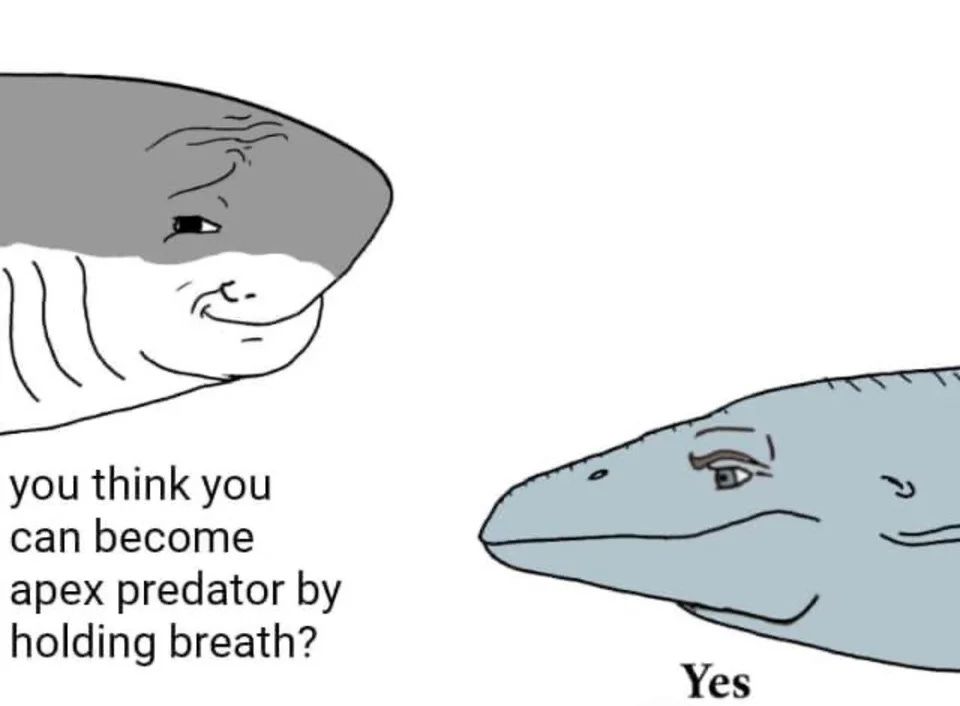The path of evolution is always through the adjacent possible
Thinking further about the ways that living systems grow from simple seeds. From Donella Meadows,
Complex systems can evolve from simple systems only if there are stable intermediate forms. (Donella Meadows, 2008. Thinking in Systems)
And Olivia Judson,
Evolution by natural selection only works if each mutational step itself is advantageous. There’s no such thing as advantageous in a general sense. It’s advantageous in the circumstances you’re living in.
(Olivia Judson, 2019. Complexity Podcast.)

So, the path of evolution is always through the adjacent possible. Every stage of evolution has to be viable, a living, breathing answer to its environment.
There is no pause or rewind in living systems. No downtime for upgrades, either. Living systems are upgraded in-place. To pause, to scrape away the living mess, to design on a clean site, is to create a dead system.
A process cannot be understood by stopping it. Understanding must move with the flow of the process, must join it and flow with it.
(Frank Herbert, Dune)
That Meadows’ quote reminds me of MAYA—a rule-of-thumb in design. MAYA stands for Most-Advanced-Yet-Acceptable, as in, what is the most advanced, yet acceptable form a product might take? What is within the adjacent possible for our culture?
When an innovation jumps past the adjacent possible, we don’t have the ability to absorb it. For example, the ancient Romans invented steam engines, but not steam trains. Why?
For that iteration to happen someone needs to be using it, meaning there needs to be a use-case for repetitive motion at modest-but-significant power in an environment where fuel is extremely cheap so that the inefficiency of the engine didn’t make it a worse option than simply having a whole bunch of burly fellows (or draft animals) do the job. As we’ll see, this was a use-case that didn’t really exist in the ancient world and indeed existed almost nowhere but Britain even in the period where it worked.
(Devereaux, 2022. Why No Roman Industrial Revolution?)
The ecology could not absorb it.
You can’t build railroads before it is railroad time. (Chuck Thacker)
Innovation is a response to an ecological condition. A hypothesis about an environment. When a design is not in conversation with its environment, it dies. There’s no such thing as advantageous in a general sense. It’s advantageous in the circumstances you’re living in.
So, to survive, you might say a design has to discover an evolutionary path from the familiar to the new, from the present to the future, through a series of steps into the adjacent possible.

Each step into the adjacent possible opens up new adjacent possibilities, changing the environment, and what is possible, what is viable. Stepping stones in possibility space.
The principle holds for infrastructure too. The internet started with the adjacent possible: coopting telephones.
The internet didn’t have to deploy expensive new hardware, or lay down new cables to get off the ground. It was conformable to existing infrastructure. It worked with the way the world was already, exapting whatever was available, like dinosaurs exapting feathers for flight. (Exapt Existing Infrastructure)

This is what advantageous looked like in 1968. A living, breathing answer to the environment.
The path of evolution is always through the adjacent possible. Yet the path of evolution can wind its way to seemingly impossible places!
An appreciation for the absurd can be a competitive advantage.




